In the dynamic landscape of fuel transportation, understanding petrol tanker dimensions is paramount for optimizing operations, ensuring safety, and complying with regulatory standards. At CarMax Vehicle, we specialize in designing and manufacturing petrol tankers that meet diverse logistical needs while adhering to the highest industry benchmarks. This comprehensive guide delves into the intricacies of petrol tanker dimensions, offering insights to help businesses make informed decisions.
Understanding Petrol Tankers
Petrol tankers are specialized vehicles designed to transport gasoline and other petroleum products safely and efficiently. Their design and dimensions play a critical role in determining their capacity, maneuverability, and compliance with transportation regulations.
The Role of Dimensions in Petrol Tanker Design
Dimensions impact various aspects of petrol tanker operations, including:
- Capacity: Larger dimensions typically allow for greater fuel storage, reducing the frequency of trips.
- Maneuverability: Compact designs facilitate easier navigation through urban areas and tight spaces.
- Regulatory Compliance: Adhering to dimension standards ensures compliance with local and international transportation laws.
- Safety: Proper sizing minimizes risks associated with fuel spillage and accidents.

Standard Petrol Tanker Dimensions
Petrol tankers come in various sizes, each tailored to specific transportation needs. Below is an overview of standard dimensions commonly observed in the industry:
| Type | Length | Width | Height | Capacity |
|---|---|---|---|---|
| Small Tanker | 6-8 meters | 2.5 meters | 3-4 meters | 1,000 – 5,000 liters |
| Medium Tanker | 8-12 meters | 2.5 meters | 4-5 meters | 5,000 – 15,000 liters |
| Large Tanker | 12-15 meters | 2.5 meters | 5-6 meters | 15,000 – 30,000 liters |
| Ultra Large Tanker | 15+ meters | 2.5 meters | 6+ meters | 30,000+ liters |
Breakdown of Dimensions
- Length: Affects the overall capacity and the ability to navigate through different terrains.
- Width: Standardized at approximately 2.5 meters to comply with roadway regulations.
- Height: Influences the volume of fuel that can be stored and affects clearance in transportation.
- Capacity: Directly related to the dimensions, determining how much fuel the tanker can carry per trip.
Types of Petrol Tankers and Their Sizes
Different types of petrol tankers cater to varied logistical requirements. Understanding their dimensions helps in selecting the right tanker for specific needs.

Road Tankers
Designed for overland transportation, road tankers vary in size based on the distance and volume of fuel required.
- Short-Distance Tankers: Smaller in size, suitable for urban deliveries.
- Long-Distance Tankers: Larger dimensions for bulk transportation across regions.
Rail Tankers
Used for transporting fuel via railways, these tankers are built to fit standard rail loading gauges.
- Standard Rail Tankers: Typically longer and taller to maximize rail cargo space.
- Double-Deck Tankers: Enhanced capacity without extending the overall length significantly.
Marine Tankers
Larger in size, marine tankers are used for international fuel transport across seas and oceans.
- Coastal Tankers: Moderate dimensions for regional marine routes.
- Deep-Sea Tankers: Extensive dimensions to handle large-scale international fuel transportation.
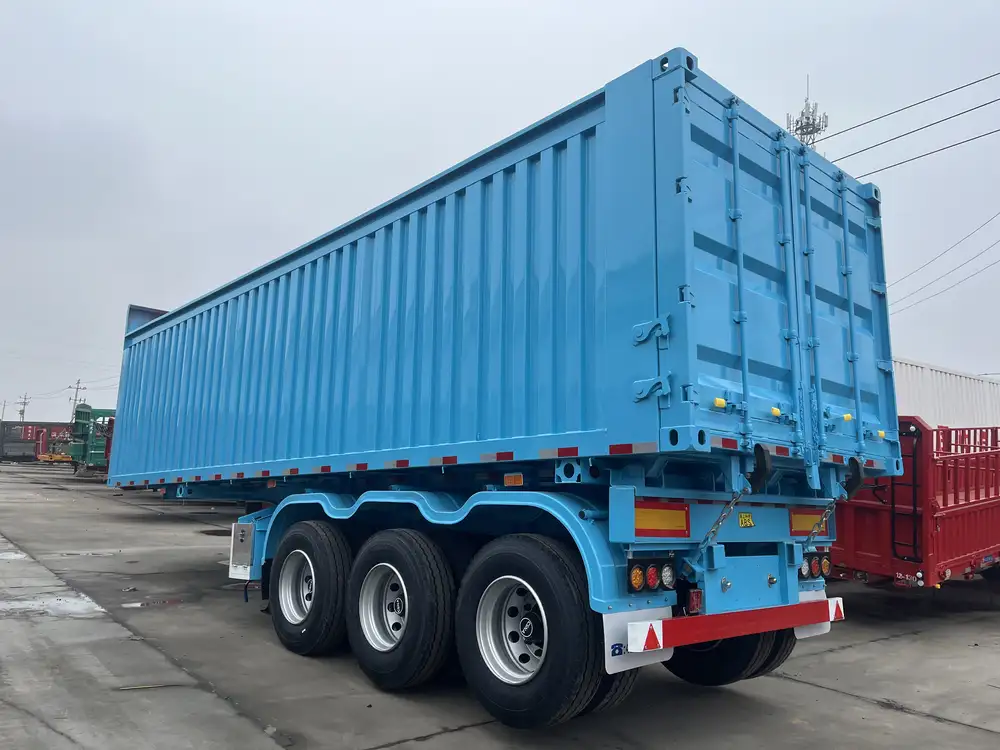
Impact of Dimensions on Performance and Efficiency
The dimensions of a petrol tanker significantly influence its performance metrics and operational efficiency.
Fuel Efficiency
Larger tankers may reduce the number of trips required, thereby improving overall fuel efficiency. However, they must balance capacity with weight to prevent overloading and ensure optimal fuel consumption rates.
Maneuverability and Accessibility
Smaller tankers excel in maneuverability, making them ideal for routes with narrow roads and tight delivery points. Conversely, larger tankers may face challenges in such environments but compensate with higher capacity.

Loading and Unloading Times
Dimensions dictate the ease and speed of loading and unloading operations. Tankers with optimized dimensions facilitate quicker transfers, reducing downtime and enhancing productivity.
Customizing Petrol Tanker Dimensions for Specific Needs
At CarMax Trailer, we understand that one size does not fit all. Customization options allow businesses to tailor tanker dimensions to their unique requirements.
Adjustable Lengths and Capacities
Custom lengths ensure that tankers meet specific route demands, while capacity adjustments accommodate varying fuel quantities.

Modular Designs
Innovative modular designs enable tankers to be reconfigured for different volumes and types of fuel, providing flexibility in operations.
Specialized Compartments
Segmenting tankers into specialized compartments can transport multiple fuel types simultaneously, enhancing efficiency and reducing the need for multiple tankers.
Safety Standards and Regulatory Compliance
Adhering to safety standards and regulations is non-negotiable in the petrol transportation industry. Proper tanker dimensions are crucial for compliance.
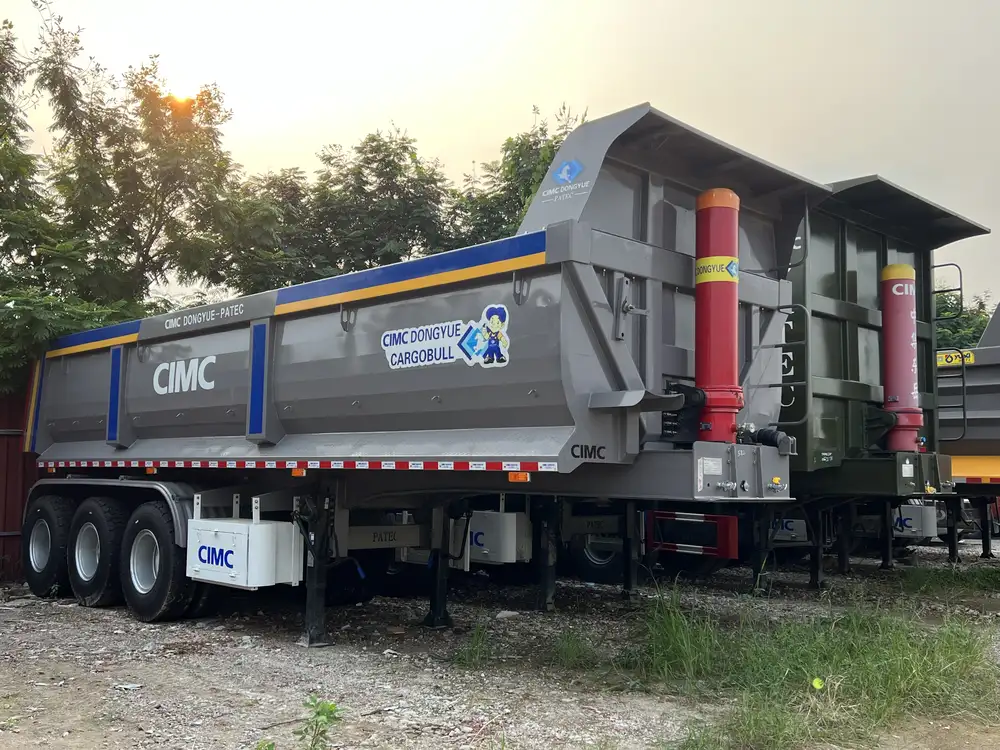
International Standards
Organizations like the International Maritime Organization (IMO) and the European Agreement concerning the International Carriage of Dangerous Goods by Road (ADR) specify dimension and safety criteria for petrol tankers.
Local Regulations
Regional and national laws may impose additional dimension restrictions based on infrastructure and environmental considerations.
CarMax Vehicle’s Compliance
Our petrol tankers are meticulously designed to meet and exceed safety and regulatory standards, ensuring peace of mind for our clients.
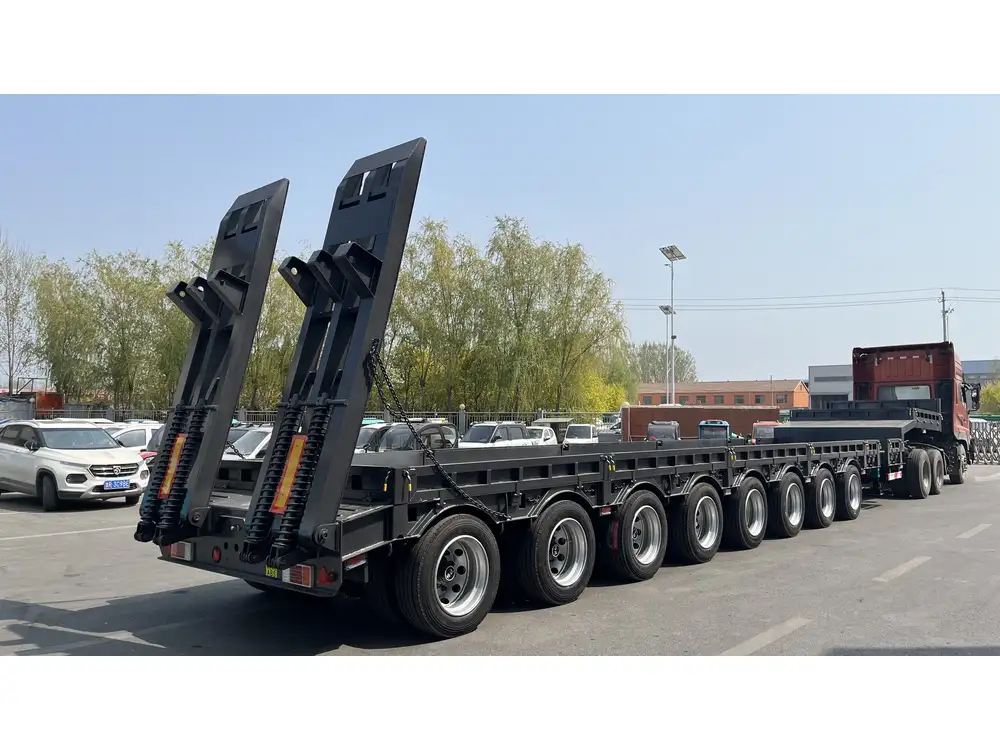
Innovations in Tanker Design and Size Optimization
Advancements in engineering and materials science have led to innovative tanker designs that optimize dimensions without compromising on capacity or safety.
Aerodynamic Designs
Streamlined shapes reduce air resistance, enhancing fuel efficiency and performance.
Lightweight Materials
Using advanced composites and alloys reduces overall weight, allowing for greater payloads within standard dimension limits.
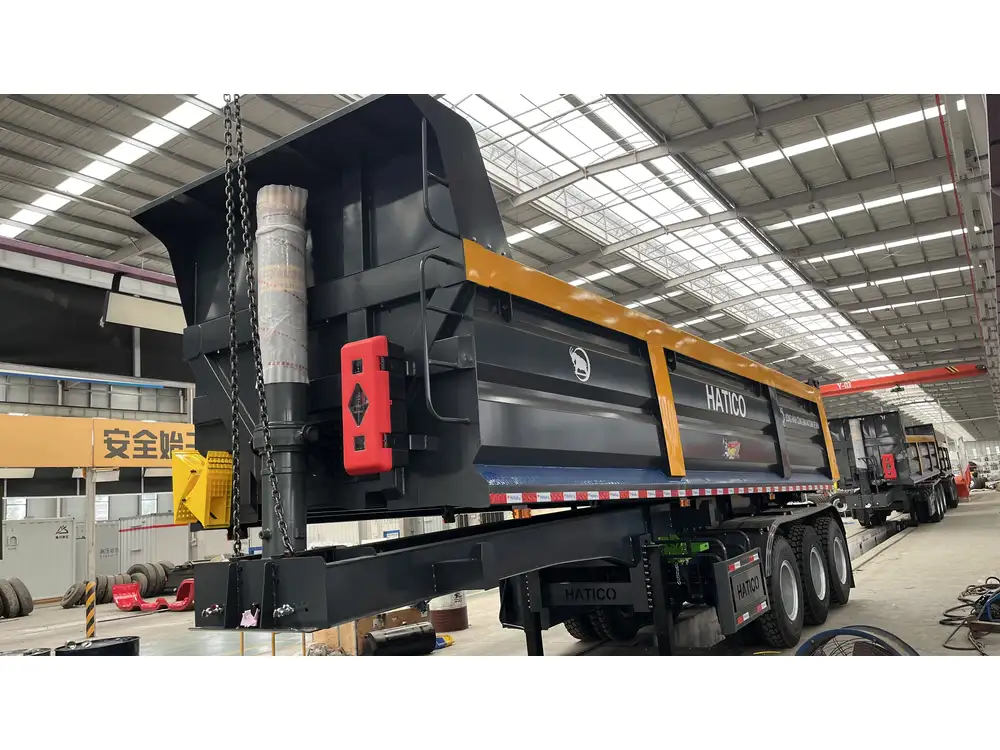
Smart Technologies
Incorporation of IoT and sensor technologies aids in real-time monitoring of fuel levels and tanker conditions, improving operational efficiency.
Maintenance Considerations Based on Tanker Dimensions
Proper maintenance is essential to ensure the longevity and reliability of petrol tankers. Dimensions influence maintenance schedules and procedures.
Accessibility for Repairs
Tankers with optimized dimensions allow easier access to critical components, facilitating maintenance and reducing downtime.
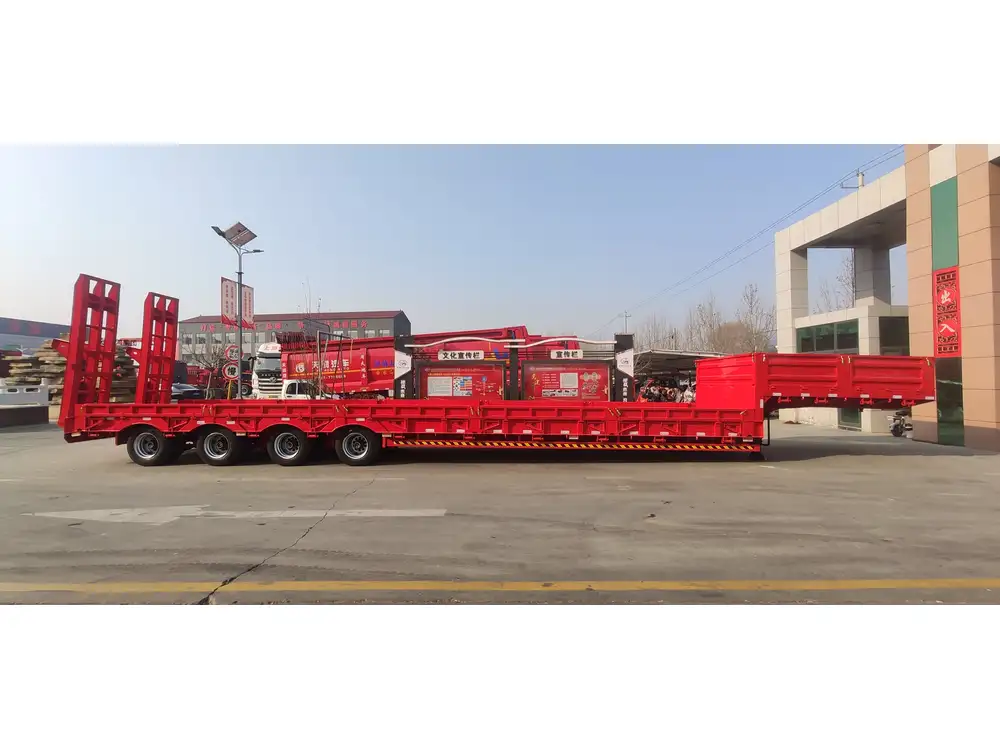
Storage Requirements
Space-efficient designs simplify storage logistics, making it easier to manage fleet sizes and maintenance operations.
Durability and Wear
Larger tankers may experience different wear patterns, necessitating specialized maintenance strategies to address specific dimension-related challenges.
Environmental Impact and Tanker Size
The environmental footprint of petrol transportation is influenced by tanker dimensions, affecting fuel consumption, emissions, and spill risks.
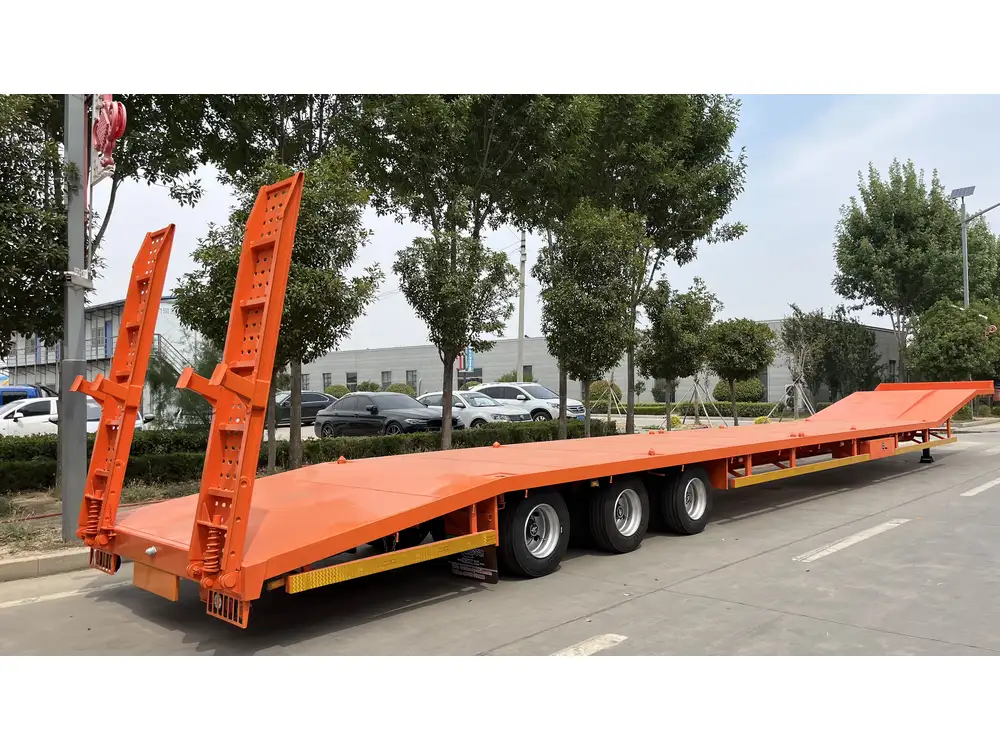
Fuel Consumption and Emissions
Optimally sized tankers balance capacity with efficiency, minimizing fuel consumption and reducing greenhouse gas emissions per unit of fuel transported.
Spill Prevention
Properly dimensioned tankers reduce the risk of spills by ensuring secure fuel containment and stability during transit.
Sustainable Practices
Innovative designs that optimize dimensions contribute to more sustainable fuel transportation practices, aligning with global environmental goals.

Choosing the Right Petrol Tanker Dimensions for Your Business
Selecting the appropriate tanker dimensions requires a thorough understanding of your operational needs, regulatory environment, and logistical challenges.
Assessing Fuel Requirements
Determine the volume of fuel that needs to be transported regularly to select a tanker size that meets demand without excessive capacity.
Route and Terrain Analysis
Evaluate the routes your tankers will take, considering road widths, urban vs. rural settings, and any geographical constraints that may impact tanker size.

Compliance and Safety
Ensure that the chosen dimensions comply with all relevant regulations and safety standards to avoid legal issues and ensure safe operations.
Cost-Benefit Analysis
Balance the costs associated with larger tankers, such as higher fuel consumption and maintenance, against the benefits of increased capacity and reduced trip frequency.
CarMax Vehicle’s Solutions
At CarMax Vehicle, we offer a range of petrol tankers with diverse dimensions tailored to meet the unique needs of our clients. Our expertise ensures that each tanker is designed for optimal performance, safety, and compliance.

Custom Design Services
Collaborate with our engineers to create tanker dimensions that align perfectly with your business requirements and logistical constraints.
Quality Assurance
Rigorous testing and quality control processes guarantee that our tankers meet the highest standards of durability and efficiency.
After-Sales Support
Comprehensive support services ensure that your petrol tankers remain in peak condition, maximizing their lifespan and performance.
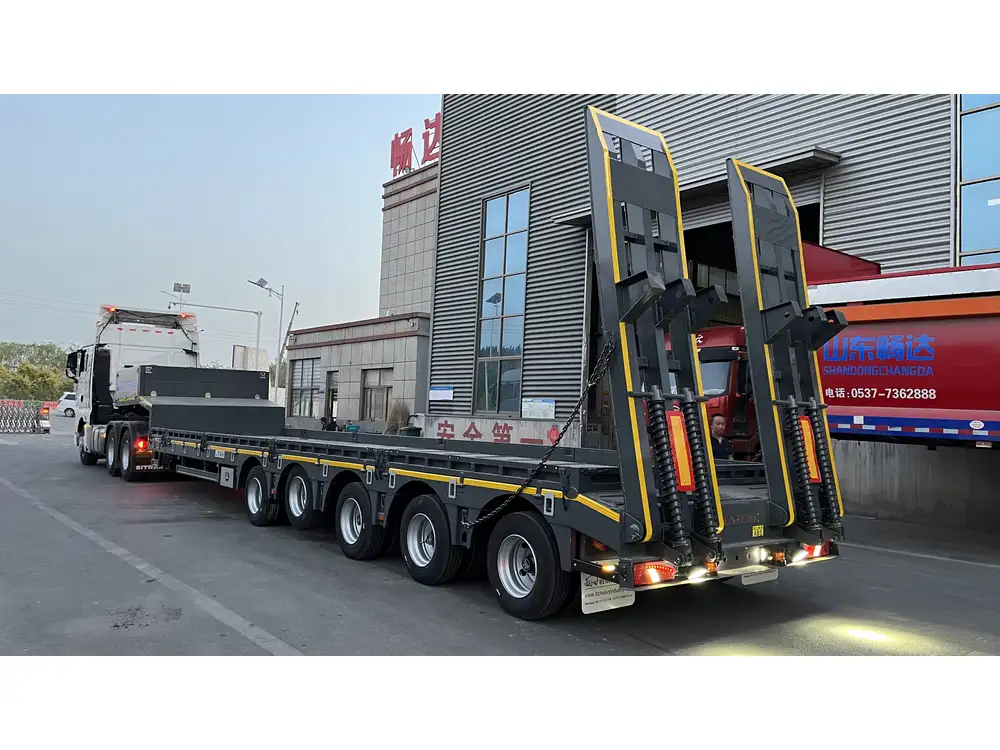
Future Trends in Petrol Tanker Dimensions
The petrol transportation industry is evolving, with emerging trends shaping the future of tanker dimensions and design.
Electrification and Alternative Fuels
As the industry shifts towards alternative energy sources, tanker designs will adapt to accommodate new fuel types, influencing dimensions and internal configurations.
Autonomous Tankers
The advent of autonomous driving technology may lead to tanker designs optimized for automated operations, potentially altering traditional dimension standards.

Enhanced Safety Features
Continuous advancements in safety technologies will drive modifications in tanker dimensions to integrate new safety systems without compromising capacity.
Conclusion
Understanding petrol tanker dimensions is essential for optimizing fuel transportation operations, ensuring safety, and maintaining regulatory compliance. CarMax Vehicle is committed to delivering high-quality, dimensionally optimized petrol tankers that meet the evolving needs of the industry. By selecting the right tanker dimensions, businesses can enhance efficiency, reduce costs, and contribute to a safer and more sustainable transportation ecosystem.
Frequently Asked Questions
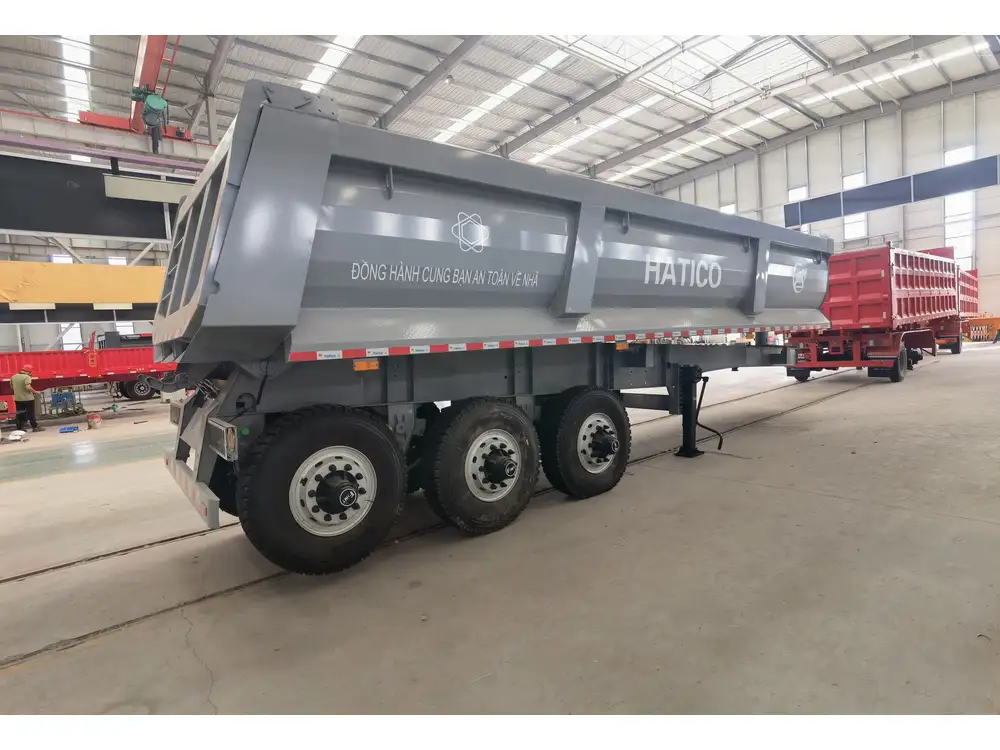
1. What are the standard dimensions for a petrol tanker?
Standard petrol tanker dimensions typically range from 6 to 15 meters in length, with a consistent width of approximately 2.5 meters and heights varying between 3 to 6 meters, depending on the capacity and type of tanker.
2. How do tanker dimensions impact fuel transportation efficiency?
Larger tankers can transport more fuel per trip, reducing the number of journeys required. However, they must balance capacity with weight and maneuverability to maintain fuel efficiency and operational effectiveness.
3. Are there regulatory size limits for petrol tankers?
Yes, petrol tanker dimensions are regulated by international and local transport authorities to ensure safety and compatibility with road and rail infrastructures. Compliance with these regulations is mandatory to operate legally.
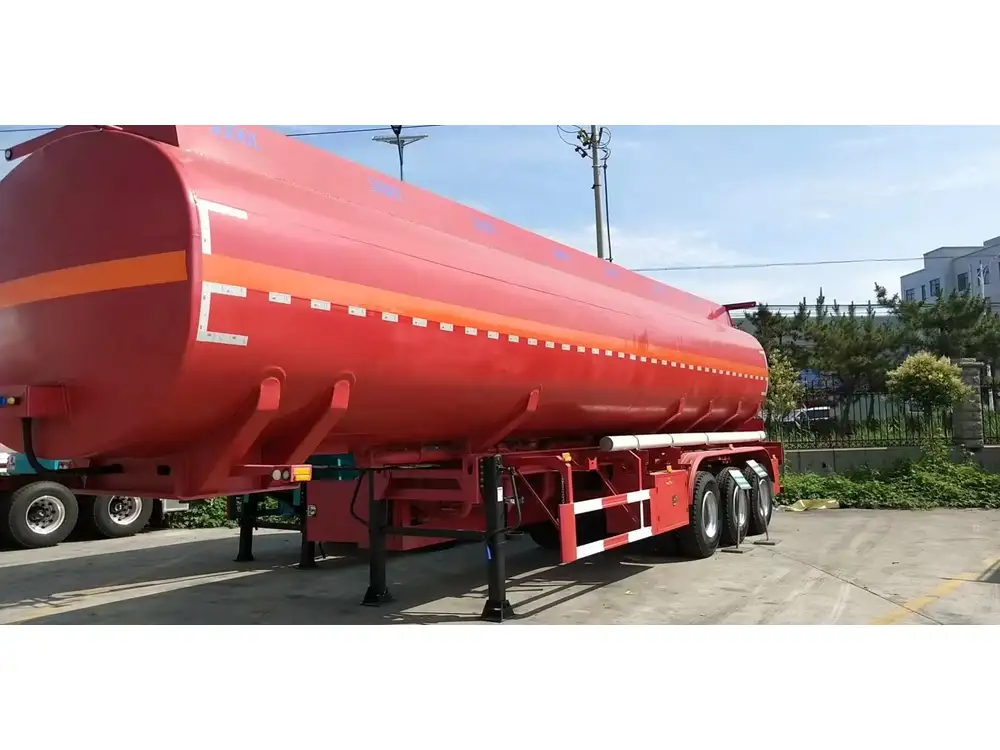
4. Can petrol tanker dimensions be customized for specific business needs?
Absolutely. At CarMax Trailer, we offer customizable dimensions to align with your unique operational requirements, ensuring that your petrol tankers are optimized for your specific logistical challenges.
5. What safety features are influenced by tanker dimensions?
Proper dimensions enhance stability, reduce spill risks, and ensure secure fuel containment. Additionally, optimized sizes facilitate the integration of advanced safety systems and easier access for maintenance, contributing to overall operational safety.



